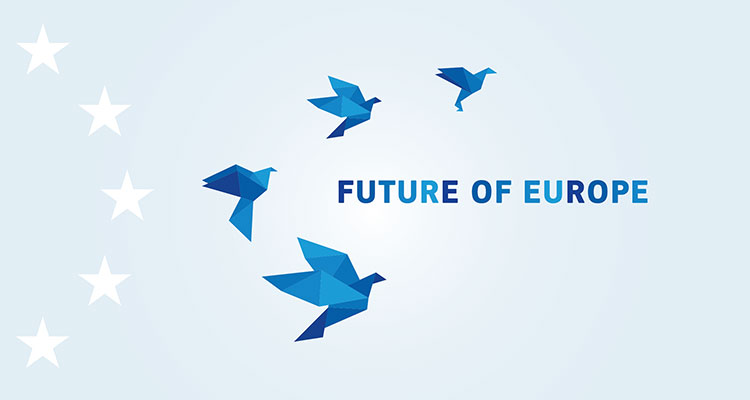Four months after the Commission presented its White Paper on the Future of Europe, the debate on the future of Europe is picking up speed with potentially over 30 million citizens reached so far.
European Commission President Jean-Claude Juncker said: “I am very encouraged to see so many people engage in the debate about the future of the European Union, which the Commission launched on 1 March 2017 with our White Paper. We have seen many different views expressed already and a strong positive momentum driving us forward. I will outline my vision in September but in reality Europe’s future will be of your design. It is you writing the history books of tomorrow. So continue to engage and make your voices heard!”
The Commission offered five scenarios for how the EU could develop in the next decade. A broad debate has since been taking place, supported by political institutions and by civil society at large. To date, over 270,000 citizens have attended over 1,750 events organised or supported by the Commission with many more participating online (see figures here). Events and debates will continue to be organised over the months to come and citizens can also contribute directly here: https://ec.europa.eu/commission/give-your-comments_en
Citizens are invited to continue to express their views, notably prior to the annual State of the European Union speech on 13 September 2017, when President Juncker will outline his vision for the future of Europe.
Background
On 1 March 2017, the Commission launched a pan-European debate with the White Paper on the Future of Europe, which will enable citizens and leaders to shape the vision of the EU at 27. The White Paper offers five scenarios for the Union’s evolution by 2025:
- “Carrying On“: the EU27 continues delivering on its positive reform agenda;
- “Nothing but the Single Market“: the EU27 would focus on the single market as 27 Member States are not able to find common ground on an increasing number of policy areas;
- “Those Who Want More Do More“: the EU27 proceeds as today but willing Member States could work closer together in specific areas;
- “Doing Less More Efficiently“: focus on delivering more and faster in selected policy areas, while doing less in others;
- “Doing Much More Together“: Member States decide to share more power, resources and decision-making across the board.
The scenarios cover a range of possibilities with the outcomes varying depending on the policy area looked at. They are illustrative in nature and are neither mutually exclusive, nor exhaustive.
The Commission also presented a series of reflection papers on key issues for Europe: (1) developing the social dimension of Europe; (2) deepening the Economic and Monetary Union; (3) harnessing globalisation; (4) the future of Europe’s defence and (5) the future of EU finances.
President Juncker’s State of the Union speech in September 2017 will take these ideas forward before first conclusions can be drawn at the December 2017 European Council. This will help to decide on a course of action to be rolled out in time for the European Parliament elections in June 2019.



